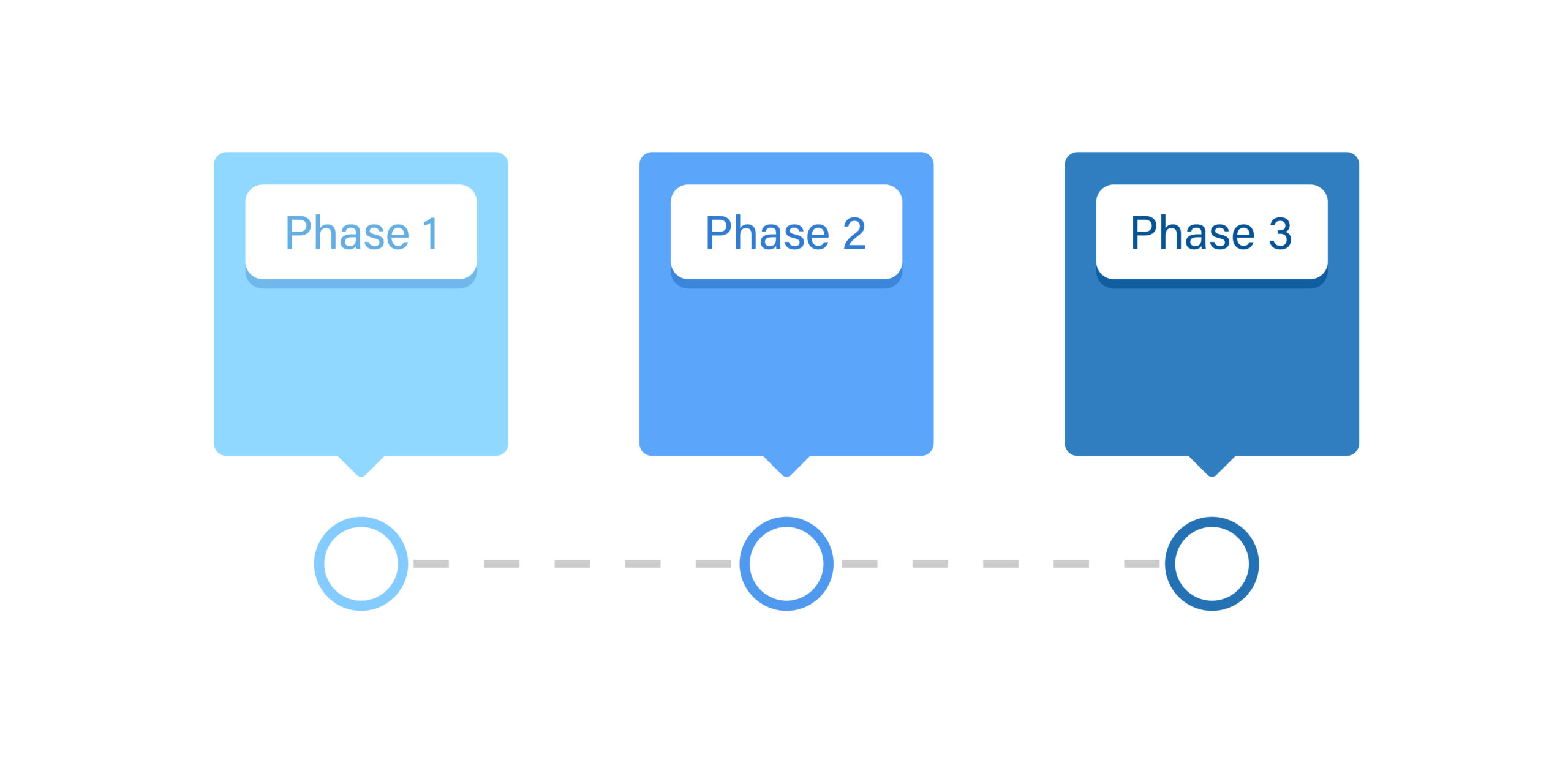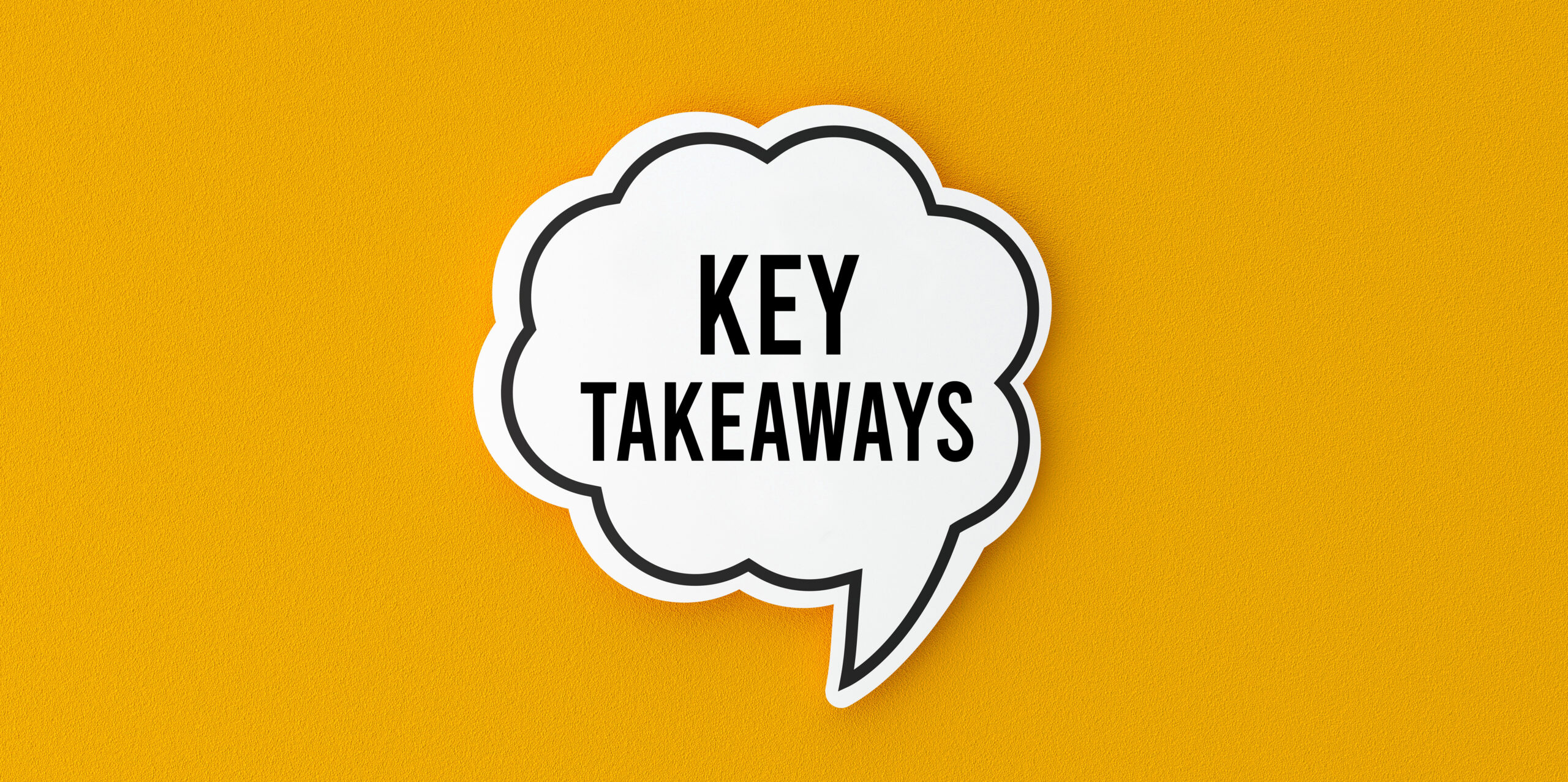conclusion
“It is possible for new employees to have all the tools and knowledge at their fingertips to operate effectively at a high level from day one. DOE and employee success are intertwined and employees are DOE’s most valuable resource!”

Links to Resources
- Estimated cost to hire new employee
- The Office of Environmental Management Knowledge Management
- Sandia National Lab Knowledge Management Program
- Article on the effects of the Silver Tsunami government

PHASE 1: ROLLOUT AND IMPLEMENTATION OF THE ORACLE PROJECT
PHASE 2: PODCASTS, SME CONTACTS, DEEPER SHARING OF JOB KNOWLEDGE, IDENTIFICATION OF TRAINING RESOURCES AND NEEDS, TEMPLATES FOR SPECIFIC JOB FUNCTIONS, LESSONS LEARNED, AND LINKS TO RESOURCES
PHASE 3: CREATION OF ENTERPRISE WIDE ACCESSIBLE DATABASE, INCORPORATION OF AI TO IMPROVE EFFICIENCY OF RETRIEVAL OF DOCUMENTS AND FACILITATE THE CAPTURE OF VIDEO/AUDIO JOURNALING.


Why is it important to retain and transfer institutional knowledge?
Retaining and transferring institutional knowledge is important and cost-effective for several reasons:
Continuity: Institutional knowledge is accumulated over time and is unique to each organization. Retaining and transferring this knowledge ensures that it is not lost when employees leave or retire. This continuity ensures that the organization can maintain its operations and avoid disruptions.
Efficiency: Institutional knowledge often includes best practices, lessons learned, and shortcuts that can save time and improve efficiency. By retaining and transferring this knowledge, organizations can avoid reinventing the wheel and make informed decisions based on past experiences.
Innovation: Institutional knowledge can also include ideas and insights that can spur innovation and improve processes. By retaining and transferring this knowledge, organizations can build on past successes and continually improve.
Cost savings: When institutional knowledge is lost, organizations may need to invest significant time and resources to relearn what was previously known. This can result in lost productivity, increased training costs, and decreased competitiveness. By retaining and transferring institutional knowledge, organizations can avoid these costs.
Employee satisfaction: Employees who feel that their contributions are valued and that their knowledge is being utilized are more likely to be satisfied and engaged. This can improve retention rates and reduce turnover costs.
In summary, retaining and transferring institutional knowledge is important and cost-effective because it ensures continuity, improves efficiency and innovation, saves costs, and promotes employee satisfaction.
KNOWLEDGE TRANSFER STRATEGIEs
1. SERIAL TRANSFER
2. NEAR TRANSFER
3. FAR TRANSFER
4. STRATEGIC TRANSFER
5. EXPERT TRANSFER
the “thirds” principle
“Consider the principle of “the thirds” in career development: Employees should be spending one third of their time with their peers, one third of their time with those less experienced, and one third of their time with those more experienced. Balance sharing knowledge and obtaining knowledge.” DOE Office of Environmental Management.
Ideas in action
Capturing institutional knowledge requires a combination of documentation, knowledge transfer sessions, mentorship and coaching, after-action reviews, and technology. By implementing these strategies, organizations can ensure that their institutional knowledge is retained and utilized to improve efficiency, innovation, and cost-effectiveness.
OUR STRATEGY
Employ the use of the tools identified in The O.R.A.C.L.E. Project to help facilitate the capture of institutional knowledge and prepare new employees for their roles within the Department of Energy.
01
Documentation
Documentation: Encourage employees to document their work processes, procedures, and best practices. This can include creating standard operating procedures, checklists, and templates. This documentation should be stored in a centralized location that is easily accessible to all employees.
02
Knowledge Transfer sessions (in person/virtual)
Conduct knowledge transfer sessions between employees who are retiring or leaving the organization and their successors. These sessions should be focused on transferring critical knowledge, best practices, and lessons learned. Record these sessions for replay and reuse as needed.
03
Mentorhsip and coaching
Establish mentoring and coaching programs to help transfer knowledge from experienced employees to newer employees. This can help to create a culture of learning and development, and ensure that institutional knowledge is passed on from generation to generation. Create a program that connections occupational series with qualified mentors. Also, create an reward system to identify personnel actively contributing to the body of knowledge.
04
After action reviews
Conduct after-action reviews after significant projects or events to capture lessons learned and identify best practices. These reviews should be documented and shared with all relevant stakeholders.
05
technology
Use technology to capture and store institutional knowledge. This can include creating knowledge management systems, using collaboration tools, and implementing chatbots or other artificial intelligence technologies to answer frequently asked questions. Video Journaling with a database that can be easily referenced with other documents and retrieved manually or via the use of AI software like Alexa.